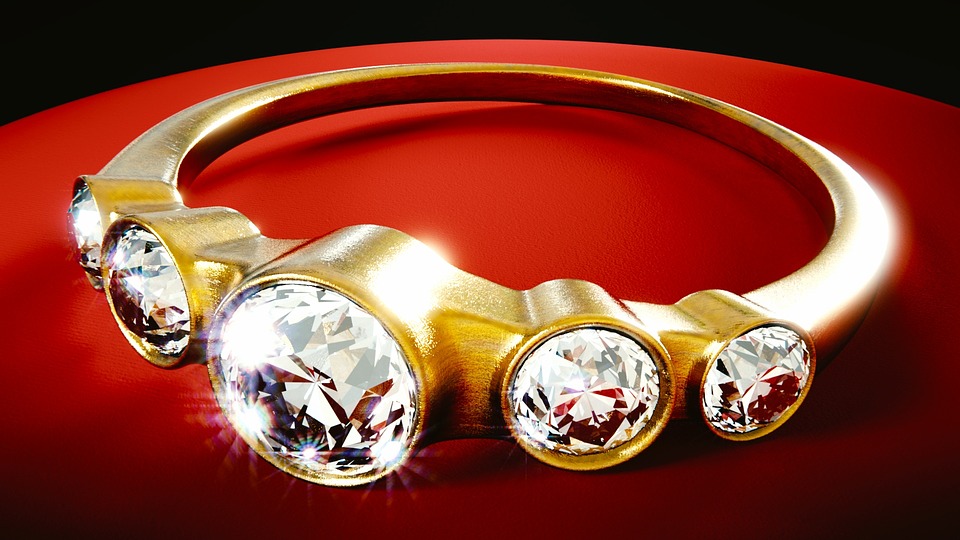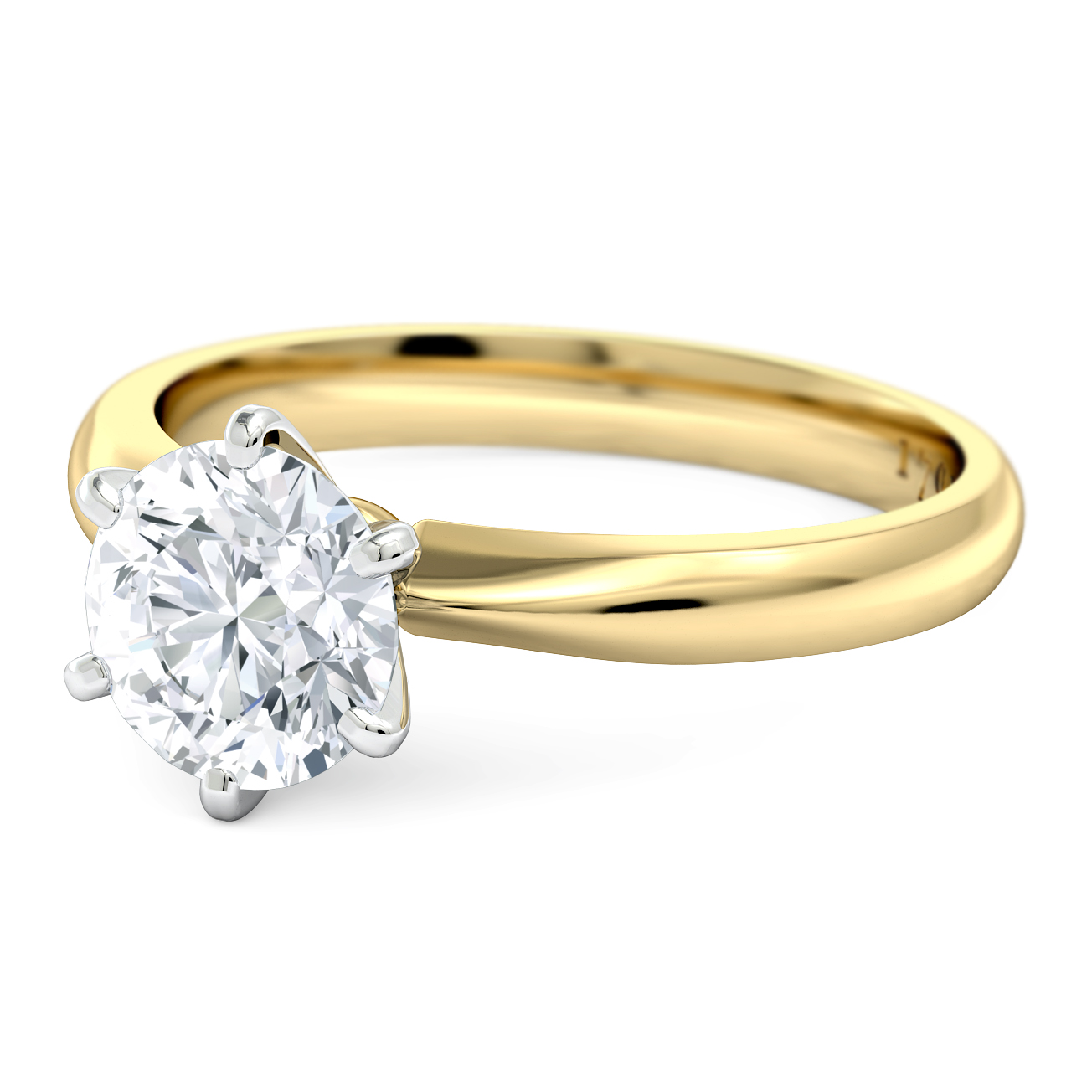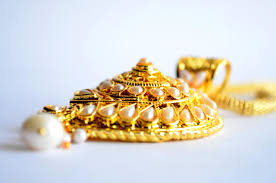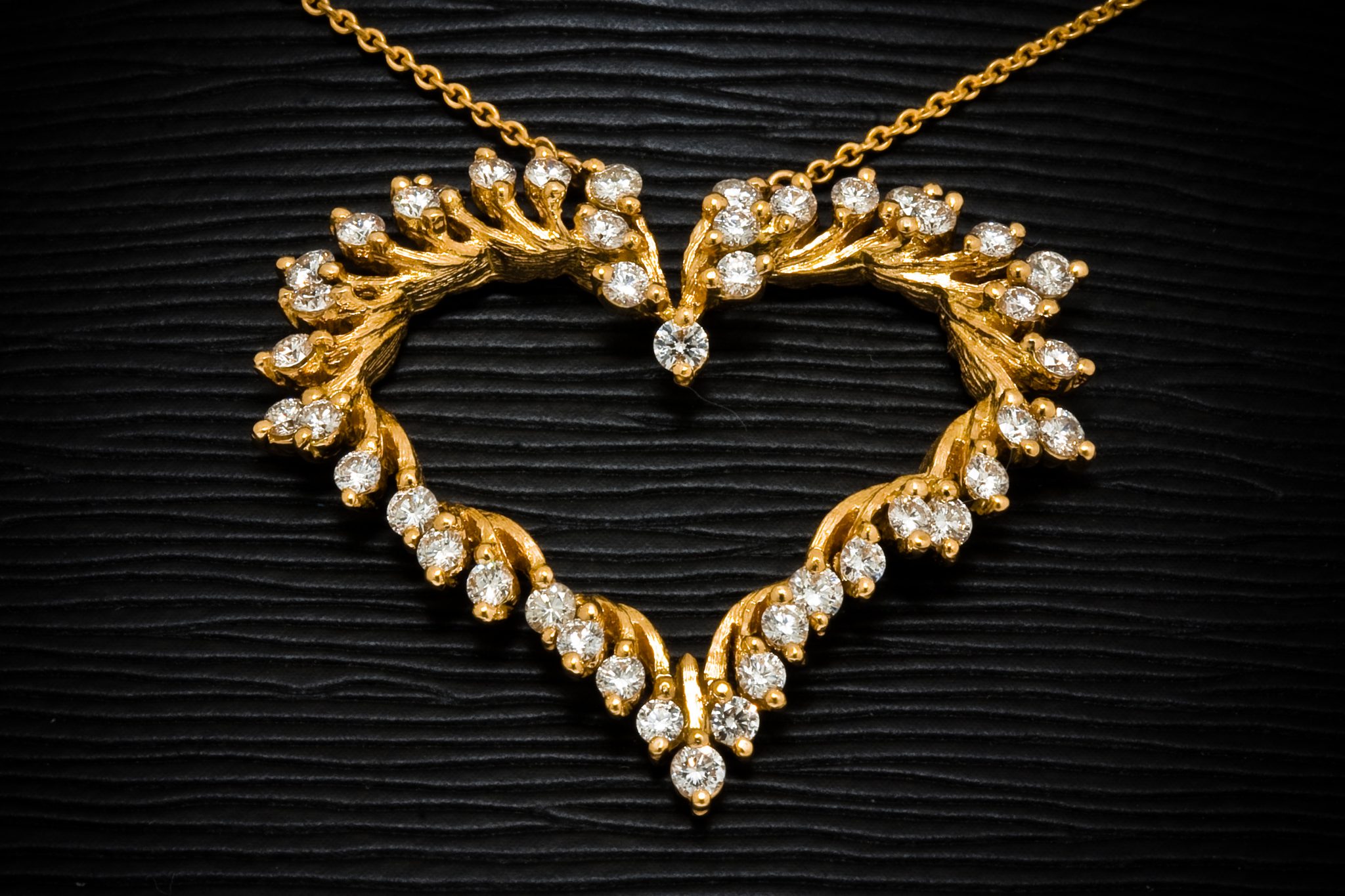We all have some point went shopping for gold in jewellery shops. So you’re most likely familiar with the terms karat for gold and carat for precious stones, and you are also familiar with “the higher the karat, the more expensive the gold is.”
However, have you wondered why?
Or that are carat and karat mean the same thing?
Well, let’s answer these simple questions and clear the air in terms of gold terminology.
Definition of Karat

You might be surprised but karat helps us know the purity or gold content of specific items. The higher the karat number, the more gold content there is.
But gold isn’t entirely gold. The fact is there are gold pieces that contain more actual gold than other pieces, while others contain more additive metals or alloys.
Outside of North America, karat is spelled as carat, but they mean the same thing for gold. It refers to the actual gold content in specific jewels pieces.
In the United States, the numbers represent the percentage of pure gold per jewellery piece. The values for karat range from 9K up to 24K. Gold content with 8K or lower is sometimes not considered solid gold jewellery because the purity of gold is so low.
Pure Gold vs Solid Gold

Ever heard of solid gold jewellery? If you have, you might have thought that it means the same as pure gold jewellery.
Actually, solid gold is, in a way, a misnomer. Why? Oftentimes, this particular jewellery refers to a gold-alloy-plated jewellery piece. It is not made up of solid gold, as many were led to believe.
Hence, pure gold jewellery describes pieces entirely composed of gold, with little to no alloys present.
How Is Gold Alloy Made?
To create a specific formula, a portion of gold is combined with varying metals or alloys. Each colour, such as rose gold and white gold, uses various combination of an alloy to achieve that particular colour.
Karat in Bespoke Jewellery

If you’ve seen 10KGF or 14KGF in your gold bespoke jewellery, this indicates, often, that this is not solid gold, but gold-filled instead. Karat also refers to gold-plated and gold-filled jewellery.
These gold pieces of jewellery are not solid gold. However, they contain a certain percentage of pure gold. That’s why term karat is still used for these jewellery types.
Meanwhile, 14KP or 24KP markings do not immediately indicate it is gold plated. They can also mean 14K or 24K gold plumb—this is solid gold.
TIP: Never solely rely on the gold hallmark on your jewellery pieces in determining the value of your jewellery.
Common Purities of Gold

There are many purposes of gold outside jewellery. It’s a flexible resource used in different industries for varying purposes depending on its purity.
Below is a list of hallmarks or stamps you often find in gold pieces and what they actually mean.
EPNS. If you have a gold piece marked EPNS, then, unfortunately, it’s worthless because it is not gold. EPNS stands for electroplated nickel silver. In other words, it is silver plate.
EPBM. Much like EPNS, this is also worthless. It stands for electroplated Britannia metal. Obviously, it isn’t gold, but rather tin/silver alloy composed of zinc, copper or lead.
- This stands for gold electroplate, which comprising a base metal, oftentimes brass. It also consists of a certain gold thickness electrolytically deposited to the base.
- The gold is bonded through heat and pressure to the base metal.
24K gold, 99.9% gold or 999. This is by far the purest gold you can purchase. However, the purity can sometimes reach up to 6 nines (999.999), which is very rare to even find one.
22K gold, 91.6% gold or 916. This is the softest yet most pure gold you can have for a jewellery piece.
18K gold, 75.0% gold or 750. It has an ideal balance in purity and has good strength.
14K gold, 58.5% gold or 585. It has lesser gold than 18K, but it is still a strong gold.
10K gold, 41.7% gold, 417. It has lesser gold than 14K, is strong and is often used in the United States. This is ideal for everyday jewellery for people working industrious jobs since these will hold up.
9K gold, 37.5% gold or 375. Although the US considers a minimum of 10K for standard gold, other countries still allow this to be marketed as gold. It has been used for dental purposes as well.
Final Thoughts
Now that you know the basics, shopping for gold and other bespoke jewellery pieces cannot get easier. Just remember to have fun finding the perfect jewellery that you can hand down for generations.
Bio:
For more than ten years, Daniel Greenberg has been hand crafting DG Bespoke Jewellery and is known as a trained master diamond mounter and goldsmith. As he was taught by one of the best jewellers in London (his father), Daniel makes certain that all his unique pieces are pure perfection.











